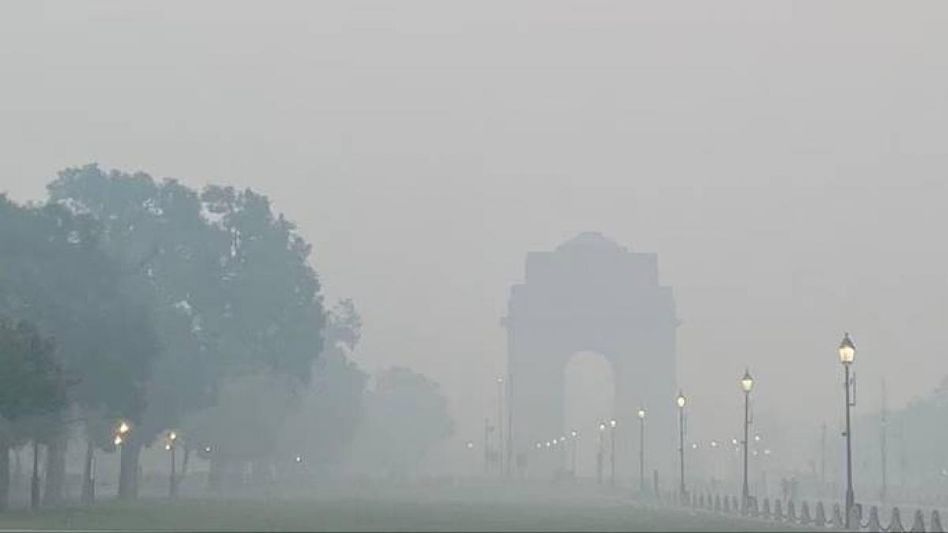Delhi air toxic again after people celebrate with firecrackers
Delhi and adjoining areas were covered in thick layers of smog on Monday morning after residents celebrated Diwali with firecrackers, despite a blanket ban.
 Delhi and adjoining areas were covered in thick layers of smog on Monday morning after residents celebrated Diwali with firecrackers, despite a blanket ban.
Delhi and adjoining areas were covered in thick layers of smog on Monday morning after residents celebrated Diwali with firecrackers, despite a blanket ban. Delhi and adjoining areas were covered in thick layers of smog on Monday morning after residents celebrated Diwali with firecrackers, despite a blanket ban. Many areas in the national capital witnessed a thick haze, reducing visibility to a few hundred meters.
On Diwali day, the city recorded its best air quality in eight years, with the average Air Quality Index (AQI) standing at 218. However, towards the evening, widespread firecracker usage led to a rise in pollution levels and the onset of smog.
The AQI levels in some areas in the city breached 900 on Monday morning. In the India Gate area in the heart of the city, the AQI level stood at 999. According to aqicn.org, in Major Dhyan Chand National Stadium area also, the AQI stood at 999 in the morning and later came down to 553. The index was recorded at 970 in Pusa, and in the Anand Vihar area, which is one of the city's most polluted regions, it stood at 849.
The pollution levels, which have worsened and hovered between 'very poor' and 'severe' categories since the end of October, saw significant improvement on Friday after incessant rains. Delhi's sky remained clear on Saturday and Sunday as well.
Previous years saw higher air pollution levels on Diwali and later in the capital city. Delhi recorded an AQI of 312 on Diwali last year, 382 in 2021, 414 in 2020, 337 in 2019, 281 in 2018, 319 in 2017, and 431 in 2016, according to Central Pollution Control Board (CPCB) data.
An AQI between zero and 50 is considered 'good', 51 and 100 'satisfactory', 101 and 200 'moderate', 201 and 300 'poor', 301 and 400 'very poor', 401 and 450 'severe' and above 450 'severe plus'.
Copyright©2025 Living Media India Limited. For reprint rights: Syndications Today









